Singaporeans Share Their Frustrations About “Affordable” Public Housing: Here Are Some Of The Best Points From Reddit

Get The Property Insights Serious Buyers Read First: Join 50,000+ readers who rely on our weekly breakdowns of Singapore’s property market.
A seasoned content strategist with over 17 years in the real estate and financial journalism sectors, Ryan has built a reputation for transforming complex industry jargon into accessible knowledge. With a track record of writing and editing for leading financial platforms and publications, Ryan's expertise has been recognised across various media outlets. His role as a former content editor for 99.co and a co-host for CNA 938's Open House programme underscores his commitment to providing valuable insights into the property market.
There have been some split opinions on the affordability of HDB housing, following an infographic in the Sunday Times.
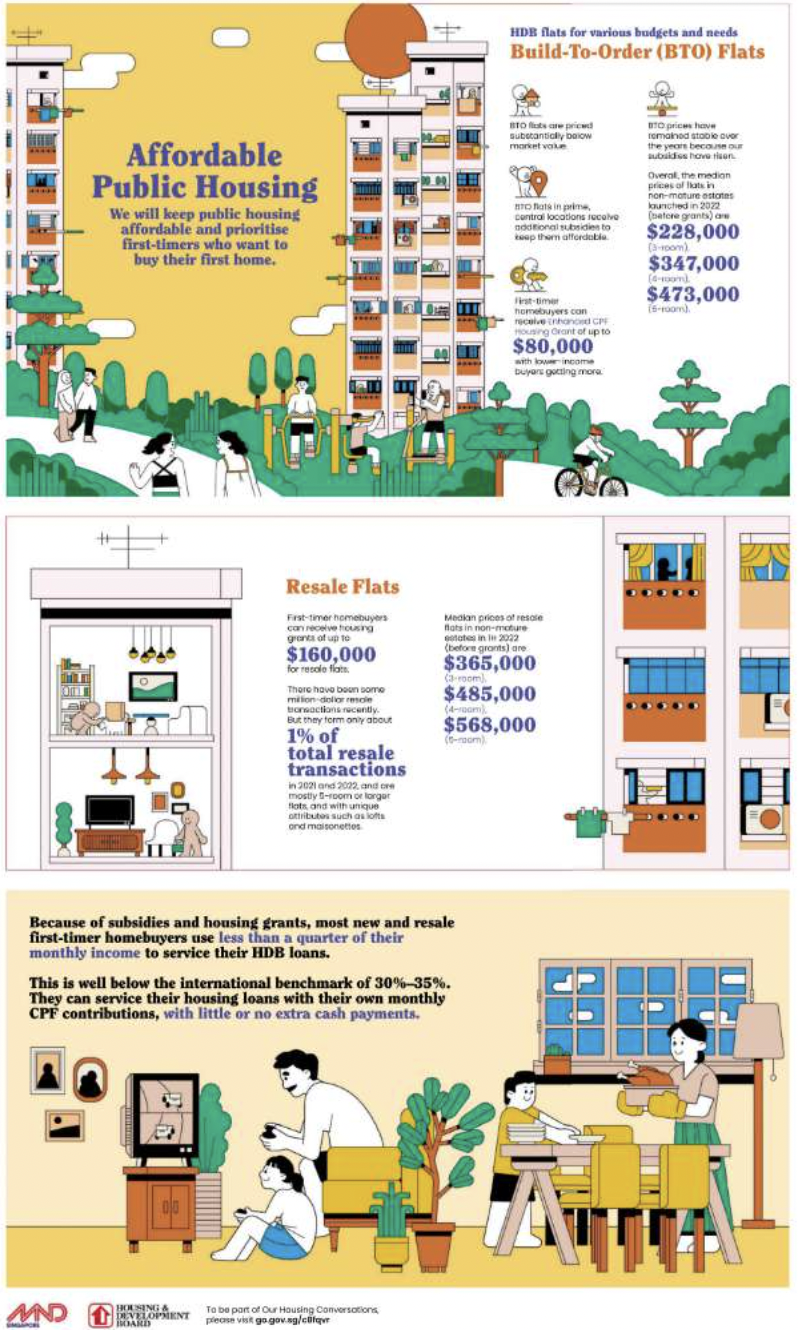
Of late, the topic seems to hold two divergent opinions: the first that HDB is too expensive and these infographics are justification attempts, and the second that Singaporeans are too picky as buyers and expect too much. However, there are more ways of looking at this situation – here are some view points that some Reddit users have expanded on to consider:
Table Of Contents
1. Time and flexibility need to be considered part of the cost
This perspective holds that we should look beyond the usual parameters, such as income and quantum. It’s true that most BTO flats are affordable in a dollars-and-cents manner; but the compromise on time must be considered.
A BTO flat takes about five years to build. On top of that, the Minimum Occupancy Period (MOP) is another five years. All in, this means that buyers of BTO flats are “locked” into the same location for around a decade.
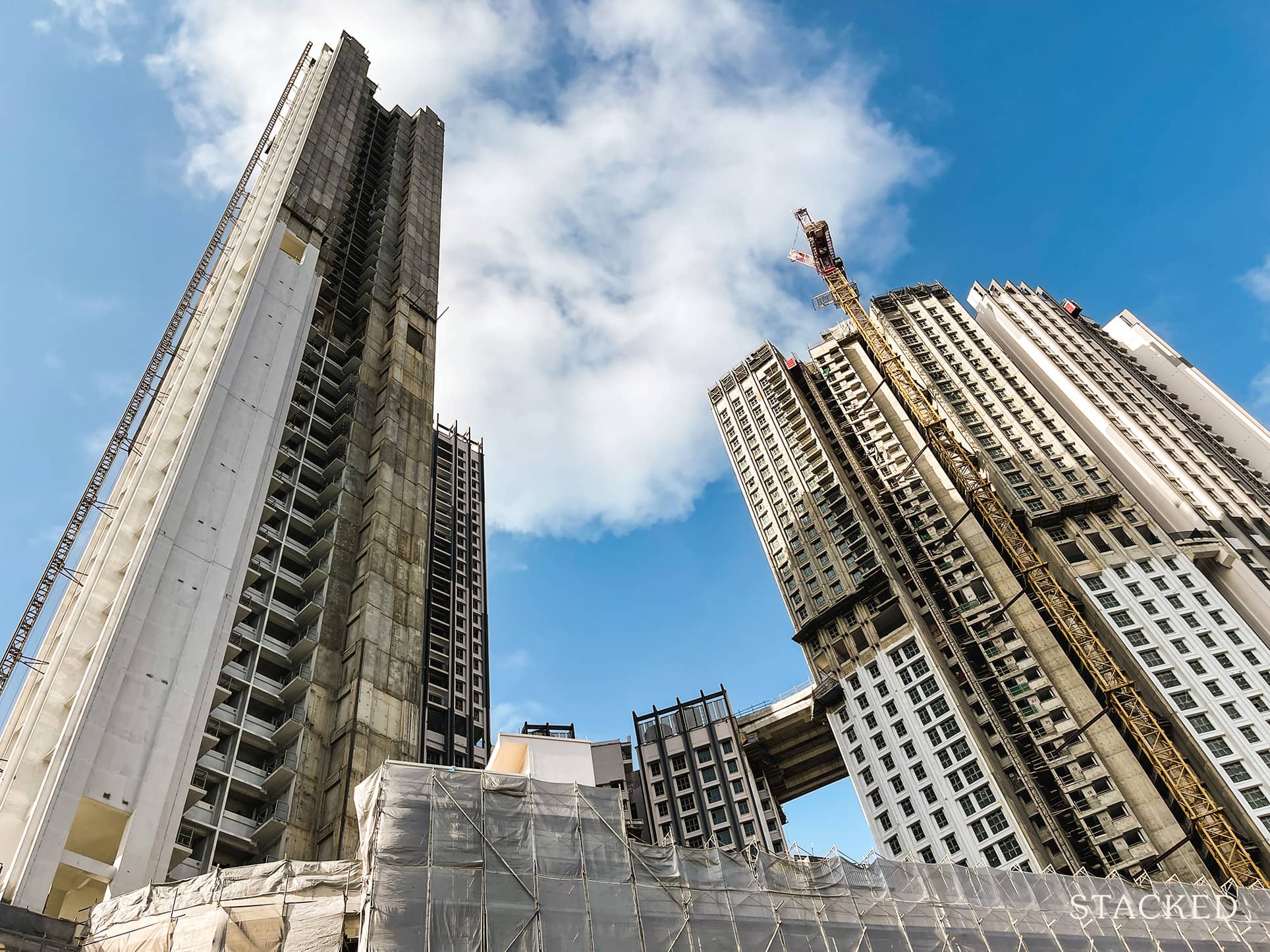
As one Reddit user noticed:
“How about wait times before collecting BTO key? Time is money too and people cannot afford to wait so long.”
Another pointed out that:
“However you are tying up a couple to a location for 10 years across construction and MOP. It’s not unreasonable for them to ballot only if the location is near their workplace/parents when the commitment is so long. It’s not as if there are many 3-gen units offered where their parents can move in with them and eliminate travelling for visits.”
2. The issue of single versus dual-income families
As one Reddit user noted, regarding the previous generation: “Also would like to add that back then most families were single income, so they had at least one partner at home so availability of services was not as crucial as one partner was free to do household stuff throughout the day. Nowadays both partners are usually working.”
It’s true that, for the most part, rising home prices have followed rising wages – but are the perceived “rising wages” ultimately due to the normalisation of the dual-income family?
Among most HDB owners we’ve spoken to, the norm of is for both – typically spouses – to contribute to the mortgage. But HDB affordability might be significantly lower, if we look at single income families.
For example, for two spouses earning around $3,000 each (below median income as of 2022), a collective income of $6,000 allows for a home priced at about $360,000.

This is using CPF’s 3-3-5 guideline, which we also discuss here; this limits the maximum home price to five times annual income, among other requirements.
According to the infographic, this is sufficient to purchase a 4-room BTO flat, for which the given median is $347,000.
However, we need to remember that a dual-income family is operating with a more fragile safety net. If one spouse is unable to work, for example, affordability is effectively halved: whereas a unit at $360,000 was once affordable, the acceptable amount now plummets to $180,000.
This is, according to the infographic, below the median price of even a 3-room unit. Of course, the CPF’s 3-3-5 guideline is one that is very prudent, but that is the most “official” guidelines that is out there.
Now, we don’t have data on how many HDB owners were single-income families in the past, compared to today. But if it turns out that, say, a third of HDB owners were single-income back in the 80’s, but this ceased to be viable in recent years, then it’s arguably a sign that affordability has fallen, and that we’ve lost a bit of security in the sense of needing both spouses at work. (Although it must be said, it’s also unfair to compare different times as Singapore is so much more developed today compared to the past).
As such, it’s reasonable to consider that this may – in a less visible sense – be contributing to later marriages and a lower birth rate. After all, if you don’t have help from parents, and it takes more than a couple of years to BTO to have your own space, and both have to work to maintain the home, you can see why it’s so difficult to even think about having kids in today’s context.
More from Stacked
We Make $16k Per Month And Wish To Own 2 Properties: Should We Sell Our HDB Now And Buy 2 Condos Or Just Pay The ABSD?
Hi Stacked Homes,
3. Affordability means resale affordability too
This is somewhat related to point 1, in that it involves time. To some home buyers, you can’t call HDB flats affordable unless it’s true for resale flats as well. This is most apparent for those who cannot buy cheaper BTO flats.
For families where both buyers are Permanent Residents, for example, there’s no chance to ballot for a BTO flat. Likewise, some families need a resale flat they can move into right away, whether for work or living conditions (e.g., and it’s tough for a young couple with children to also squeeze into a 3-room flat with in-laws).
For these buyers who can’t get BTO flats, it’s difficult to argue that HDB is “cheap” – not while the resale flats they need are at an eight-year peak (and still rising).
Recent cooling measures do attempt to help this group though; In September, cooling measures imposed a 15-month waiting-period, to prevent private home sellers from immediately buying up resale flats. This is unless if you are 55 years or older, however, and are selling your private property to buy a 4-room or smaller flat. If so, the wait-out period does not apply to you.
Another group of home-buyers, who believe in the importance of upgrading, also need resale flats to be affordable.

Some home buyers believe it’s essential to upgrade to a condo, as the appreciation of a flat will now help their retirement fund. This in itself is a huge topic for debate – but for now, let’s assume they have the right idea.
For these buyers, affordability must also mean affordable resale units. BTO flats are out of the question for them, due to the time involved.
Consider that, five-years ago in October 2019, average resale condo prices (according to Square Foot Research) were at $1,802 psf. This November, they’re at $2,256 psf; an increase of 25 per cent, while waiting for the MOP alone to expire.
Every year they wait, the prices of private properties rise further, and make it harder for them to upgrade. There’s no way they can settle for a BTO flat, wait five years for construction, and then wait another five years to upgrade.
There is, however, an irony in that this group wants both affordable resale flats, and for resale flat prices to keep pace with the private market.
4. Perhaps it’s not so much about being picky over location, but about what buyers value today
Every generation before the last likes to say that the new generation gets it easy, but the truth is that the situation is completely different to be compared fairly.
For example, what buyers value in the past, as compared to what is important to buyers today.
As another Reddit user wrote:
“But perhaps it’s really about differing perceptions of what constitutes good value – for older generations, it was just about having their own space to start families. Time (spent commuting, waiting for BTO, traveling to parents’ house to pick up their kids) and capital appreciation were not as much of a priority when they were starting out.
Young people today get married at 32, not 22, so time is much more important for them – they don’t have the luxury of waiting for BTO, or spending 3 hours daily on the bus, train, LRT. They need to have kids sooner but they can’t take time off their careers to stay home, so being close by to parents is necessary. And they need the capital appreciation because they have a shorter timeframe to save for their kids, help with their parents’ expenses (they don’t have 6 other siblings to chip in), and plan for their own retirement.”
In that sense, it’s not so much about trying to promote that non-mature areas are affordable, but about making them even more attractive to home buyers.
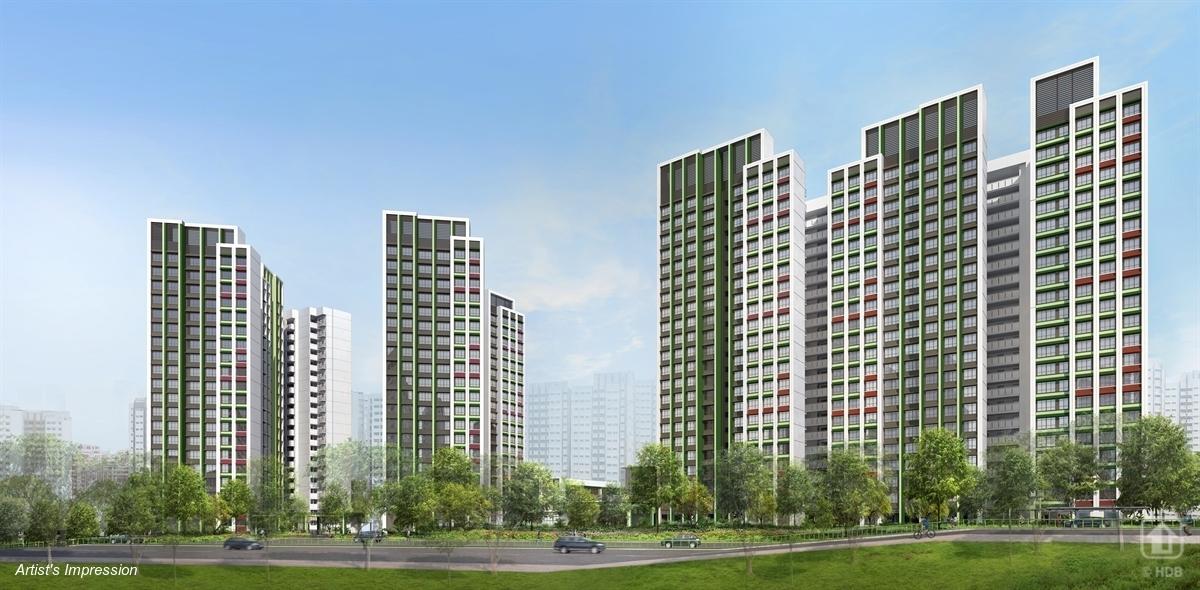
Besides pushing Work From Home initiatives or a 4-day work week, the same Reddit user notes that more can be done:
“Maybe HDB should consider lowering their commercial rents in these areas for creative/interesting businesses that add value and life to the neighbourhood, in addition to park connectors and community facilities.”
For more on the situation as it unfolds, follow us on Stacked. We’ll also provide you with reviews of new and resale projects, so you can make a better-informed decision.
If you’d like to get in touch for a more in-depth consultation, you can do so here.
Ryan J. Ong
A seasoned content strategist with over 17 years in the real estate and financial journalism sectors, Ryan has built a reputation for transforming complex industry jargon into accessible knowledge. With a track record of writing and editing for leading financial platforms and publications, Ryan's expertise has been recognised across various media outlets. His role as a former content editor for 99.co and a co-host for CNA 938's Open House programme underscores his commitment to providing valuable insights into the property market.Read next from Property Market Commentary

Property Market Commentary I Lived In Bayshore When It Was ‘Ulu’. Here’s How Much It Has Changed
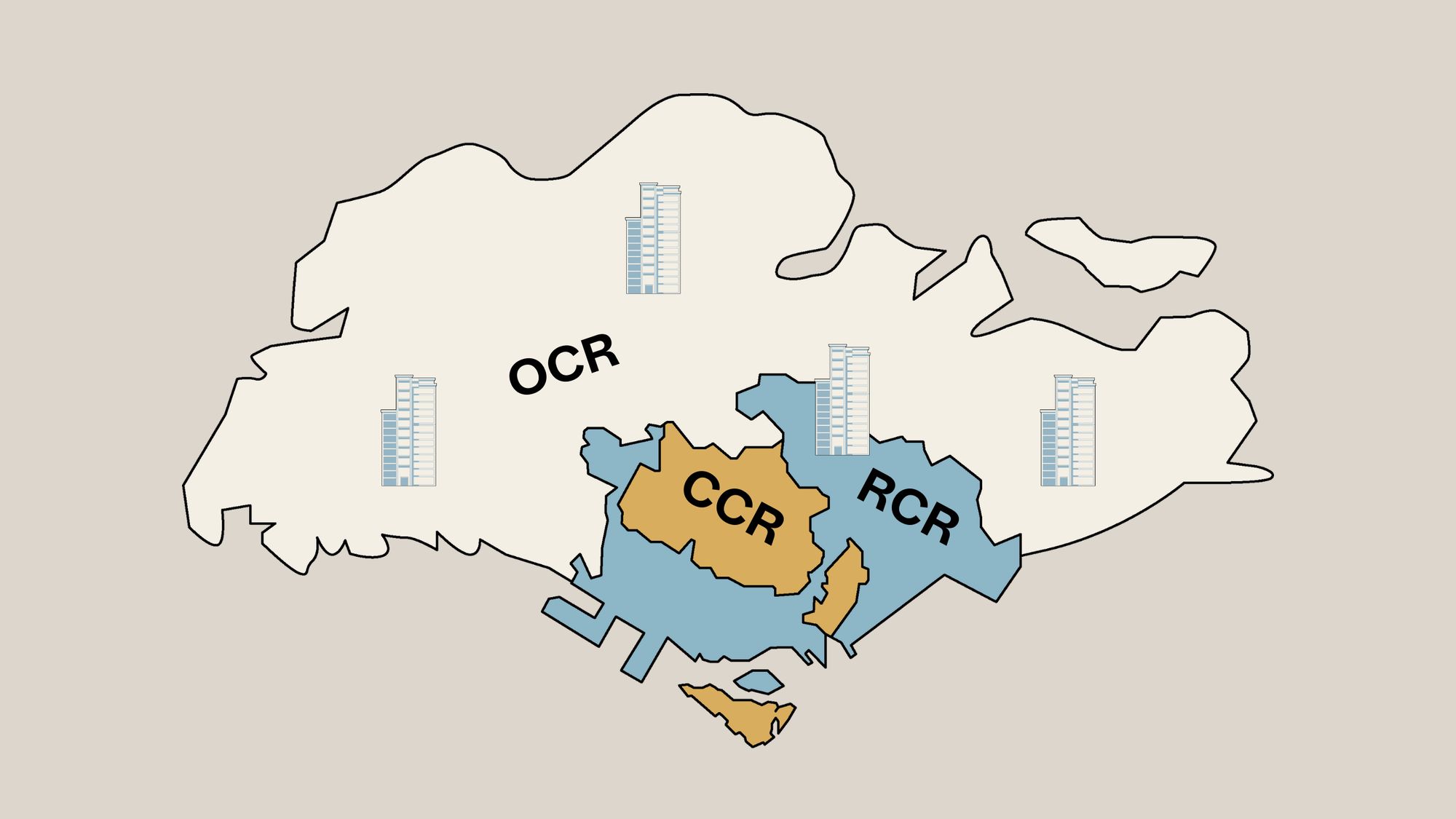
Property Market Commentary Why The Singapore Property Market Will Be Different In 2026 — And It’s Not Just About Prices
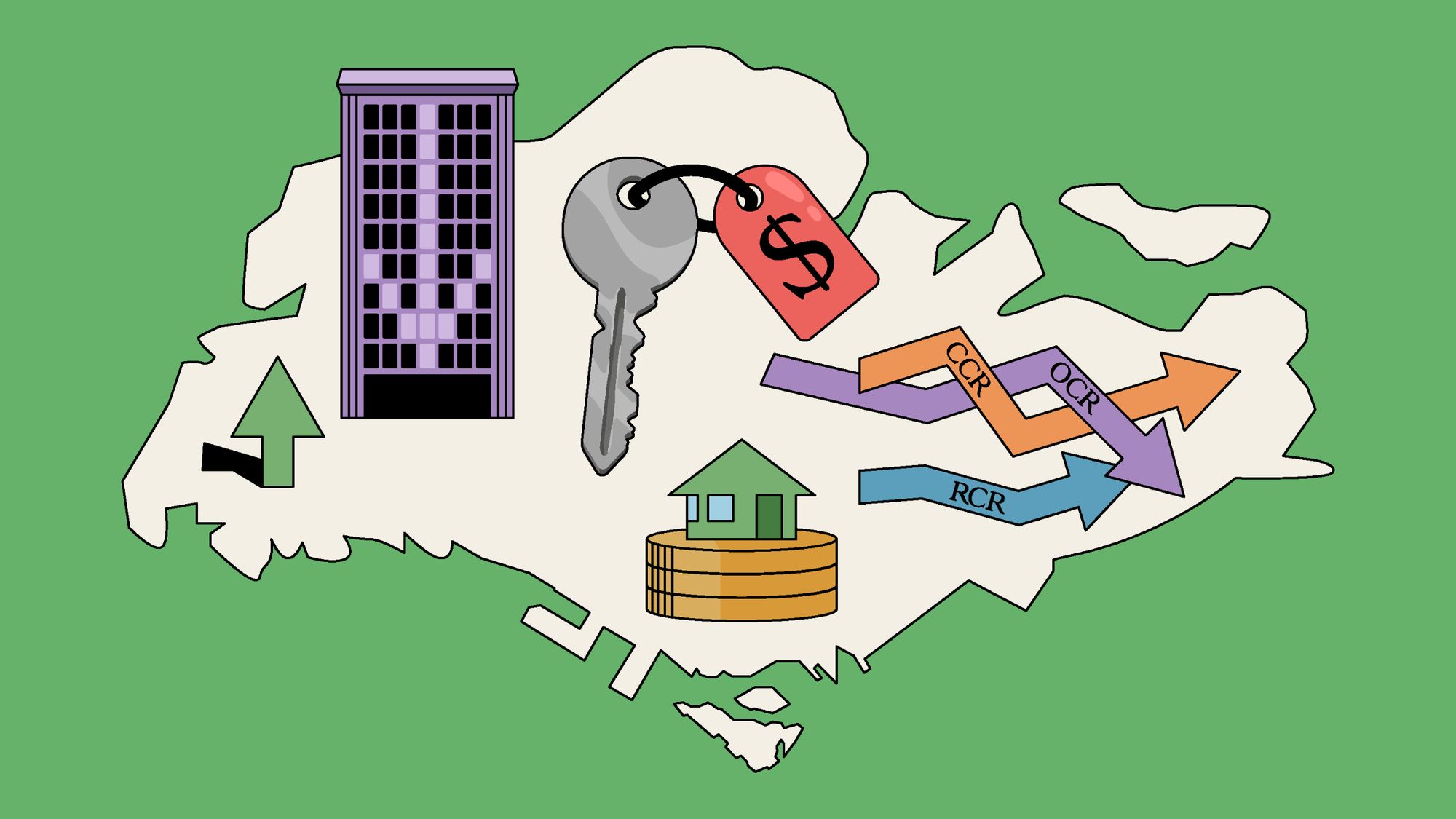
Property Market Commentary 2025 Year-End Review Of The Singapore Property Market: What The Numbers Reveal

Property Market Commentary How The HDB Resale Market Performed In 2025, And What It Means For 2026 Prices
Latest Posts

Singapore Property News This HDB Just Crossed $1.3M For The First Time — In An Unexpected Area

Singapore Property News “I Never Thought I’d Be Sued by a Tenant.” What Long-Time Landlords in Singapore Miss
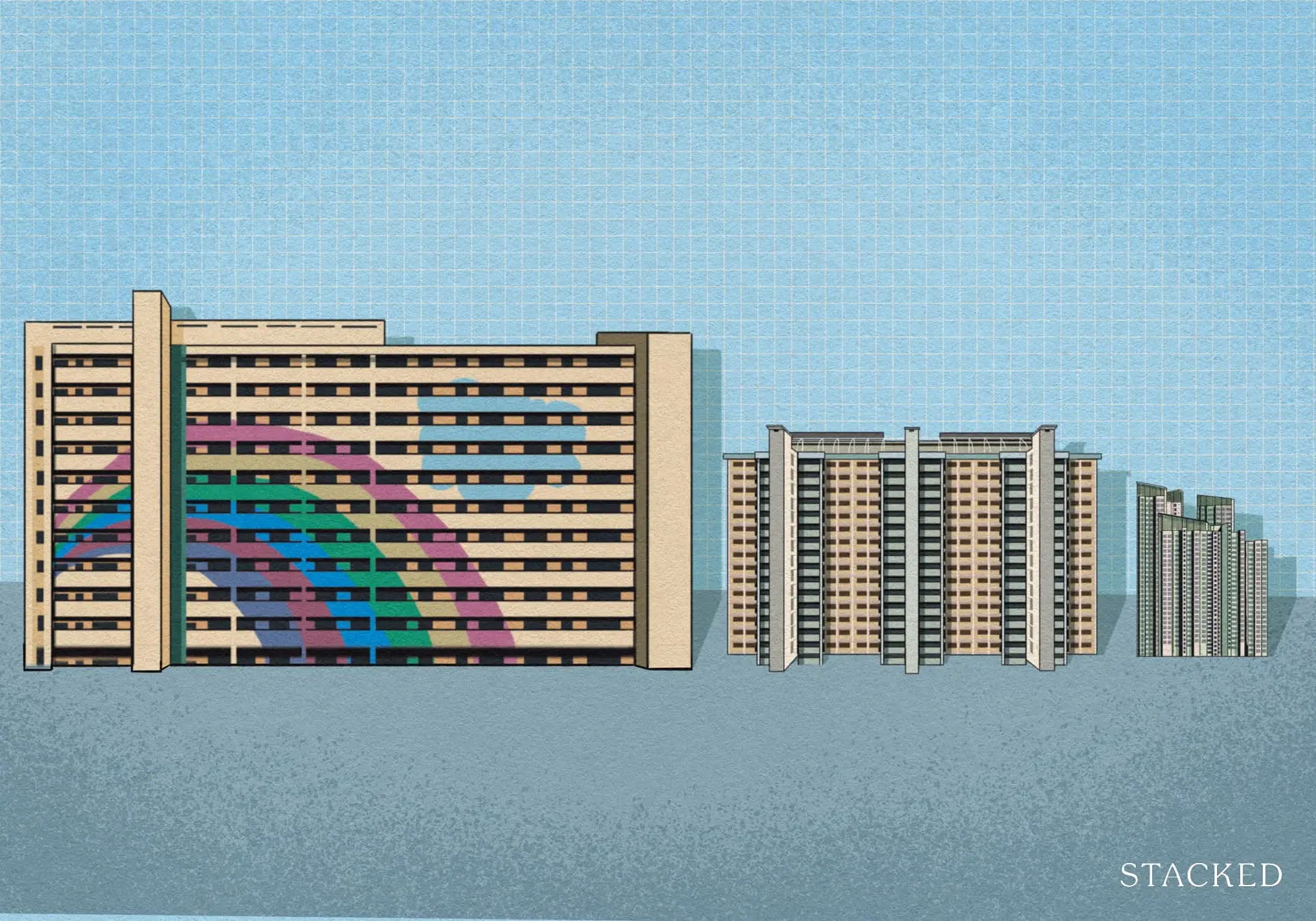
Singapore Property News HDB Resale Prices Finally Slowed in 2025 — Will It Continue in 2026?
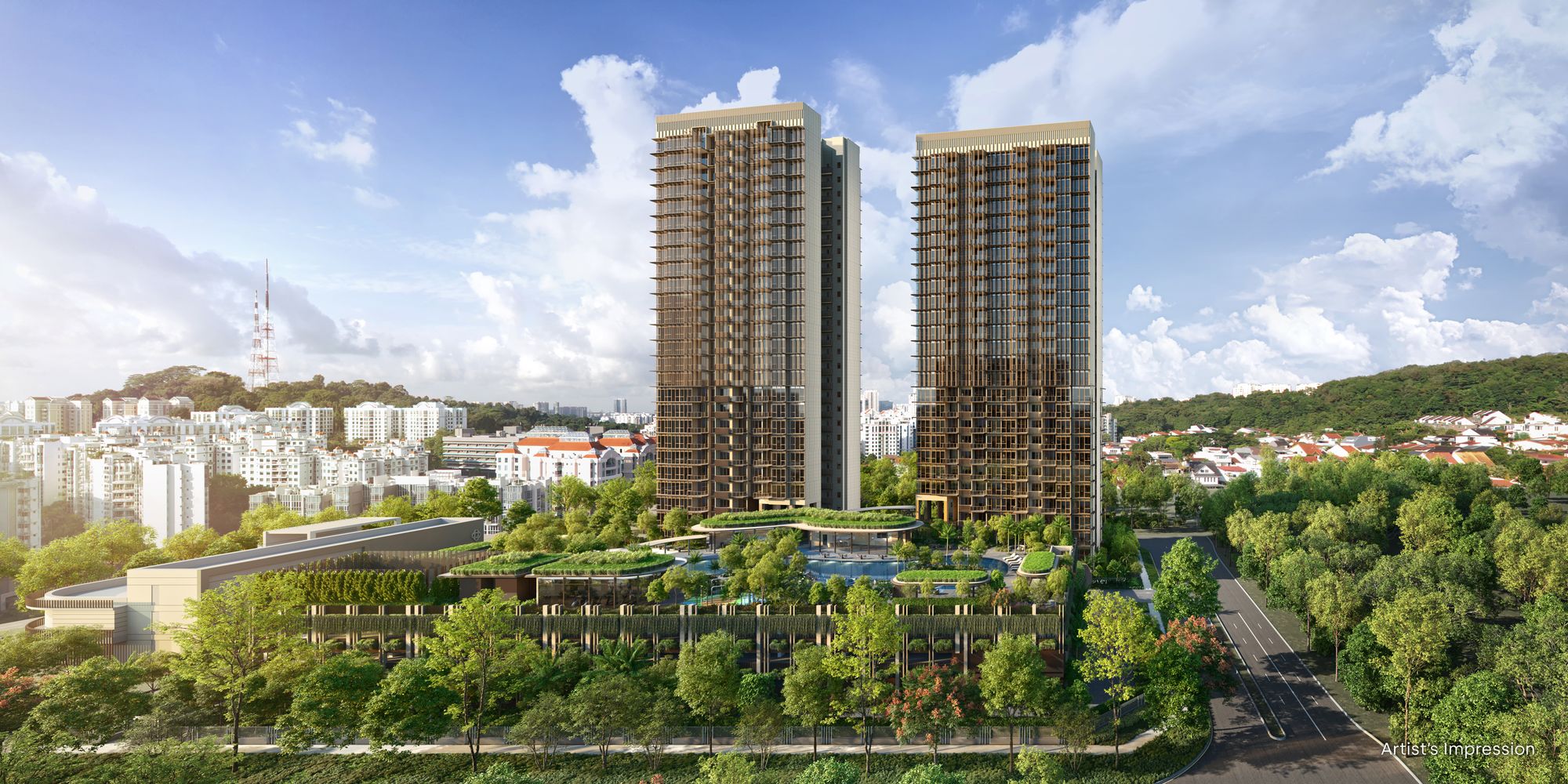
Singapore Property News Breaking News: District 23 Condo Sells Out In Under Two Years At $2,120 Psf Average

On The Market Here Are The Cheapest 3-Bedroom Condos in Central Singapore You Can Still Buy From $1.15M

Pro This 21-Year-Old Condo Didn’t Sell Out Initially, Yet Became A Top Performer

Editor's Pick What I Only Learned After My First Year Of Homeownership In Singapore

Singapore Property News Why More Land Doesn’t Automatically Fix Housing In Singapore

On The Market Here Are The Cheapest 4-Room HDB Flats in Central Singapore You Can Still Buy From $490K

Editor's Pick Should We Buy An Old 99-Year Leasehold Condo To Live In: Will It’s Value Fall When The Lease Runs Out?

Pro How A Once “Ulu” Condo Launched In 1997 Became A Top Performer

Editor's Pick I Reviewed A New Launch 4-Bedroom Penthouse At Beauty World

Editor's Pick Why Singaporean Families Are Looking At This Landed Enclave From Around $4M

Singapore Property News Lentor’s First Condo Is Complete — The Early Profits May Surprise You

Property Advice We Own A $800K 1-Bedder And A $1.1M 3-Bedder: Is It Possible To Upgrade To A 4-Bedder Condo?


